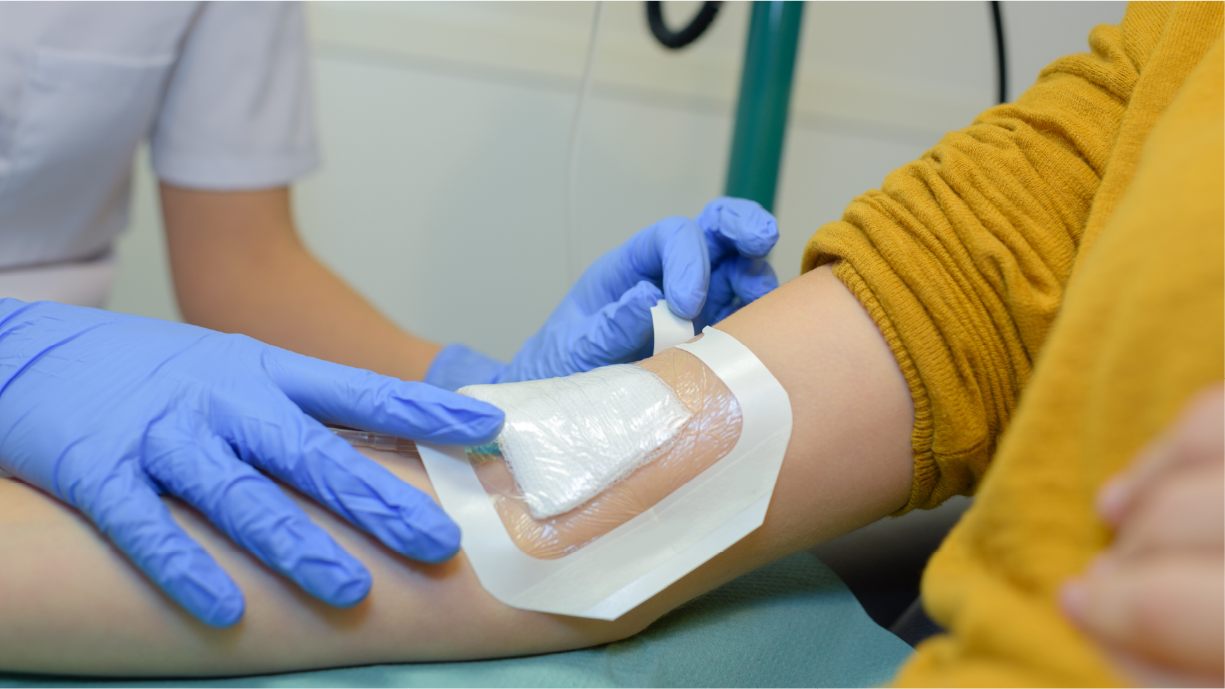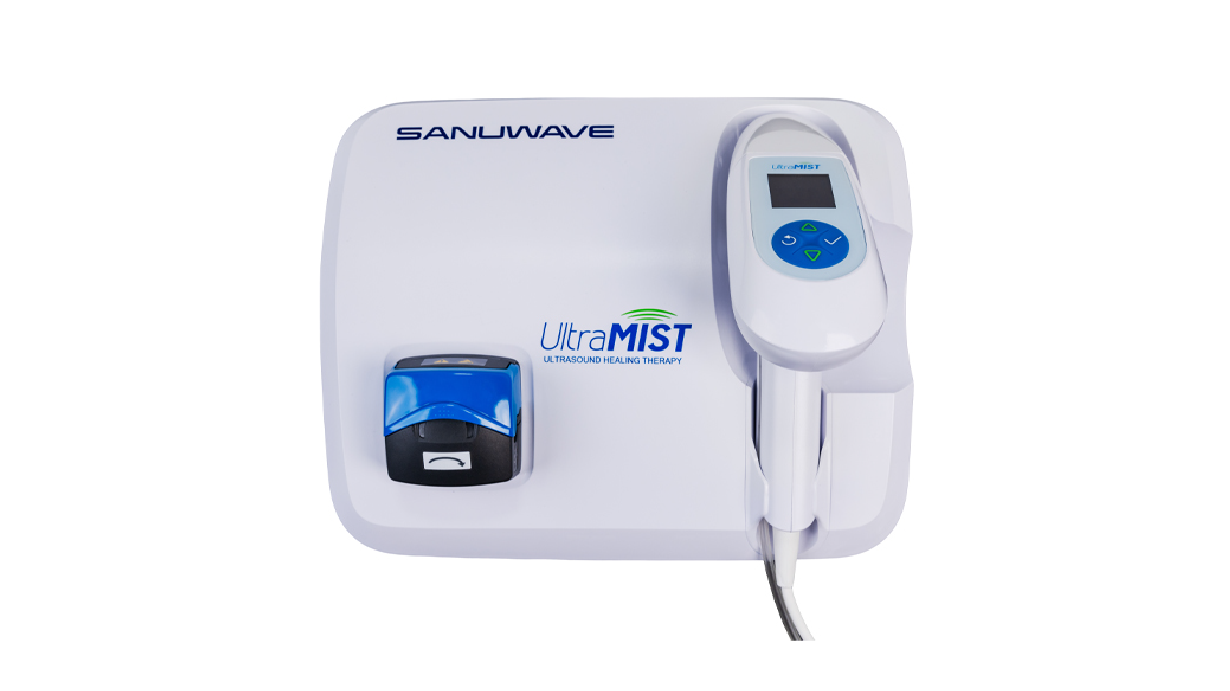Compression Treatment
Lymphedema therapy represents a crucial component of comprehensive wound care for many patients. When the lymphatic system isn't functioning properly, fluid accumulates in tissues, creating swelling that impairs circulation, increases infection risk, and prevents wounds from healing effectively. At Wound Wellness, our approach begins with a thorough assessment to determine the extent and cause of your lymphedema, whether it's primary (congenital) or secondary (resulting from surgery, radiation, trauma, or other conditions). This evaluation informs a personalized treatment plan that may include manual lymphatic drainage techniques, specialized bandaging systems, exercise recommendations, and education about self-care practices that support long-term management.
Compression therapy works hand-in-hand with lymphedema management, providing the external support needed to move excess fluid and improve circulation in affected areas. For patients with venous insufficiency, compression helps counteract the abnormal backwards flow of blood that leads to venous ulcers and delayed healing. Our nurse practitioners are skilled in selecting and applying the appropriate level of compression for your specific condition, whether that involves multi-layer bandaging systems, compression garments, or pneumatic compression devices. The right compression approach not only supports wound healing but also helps prevent new wounds from forming—particularly important for patients with recurring ulcers related to venous disease or lymphedema.
Our approach to lymphedema and compression therapy reflects our holistic wound care philosophy. We recognize that successful treatment requires addressing not just the visible swelling but also its underlying causes and its impact on your daily life. Before beginning therapy, we take time to understand your complete health picture, including any conditions that contribute to fluid retention, medications that might affect swelling, and practical considerations like your ability to manage compression garments independently. For patients receiving care through our mobile service, we take particular care to teach self-management techniques and evaluate your home environment for factors that might help or hinder your treatment success. Throughout your care, we maintain close communication with your other healthcare providers, ensuring a coordinated approach to your overall health.
- Comprehensive lymphedema and compression therapy addresses fluid accumulation that complicates wound healing
- Treatment includes assessment, manual techniques, specialized bandaging, and custom compression garments
- Benefits include reduced swelling, improved circulation, decreased pain, and enhanced wound healing potential
- Available both at our Lake Villa clinic and through our mobile service throughout Lake and McHenry counties
- Particularly beneficial for patients with venous ulcers, post-surgical wounds, and diabetic wounds with edema
- Treatment plans include education about self-management techniques for long-term success
Managing lymphedema effectively requires attention to several lifestyle factors that influence fluid accumulation. Maintaining a healthy weight is particularly important, as excess body weight puts additional pressure on the lymphatic system and can worsen swelling. Regular, appropriate exercise helps stimulate lymph flow—activities like walking, swimming, and specific lymphatic exercises recommended by your care team can make a significant difference in managing symptoms. Protecting affected limbs from injury, infection, extreme temperatures, and constriction is equally important, as these factors can trigger or worsen lymphedema episodes. Our team provides detailed guidance on skin care, activity modifications, and elevation techniques specific to your condition, helping you take an active role in your lymphedema management between professional treatments.
Successful compression therapy depends on consistent, correct use of prescribed garments or bandaging systems. We understand that compression can sometimes be challenging to manage, particularly for patients with limited hand strength or mobility. Our care team takes time to teach proper application techniques and works with you to find solutions for any difficulties you encounter. We can recommend application aids, alternative garment styles, or adjusted routines that make daily management more feasible. It's important to wear compression as prescribed, even when swelling appears reduced, to maintain the benefits and support long-term healing. Remember that compression garments gradually lose their effectiveness over time and typically need replacement every 4-6 months—our team can help determine when new garments are needed and assist with insurance documentation.




